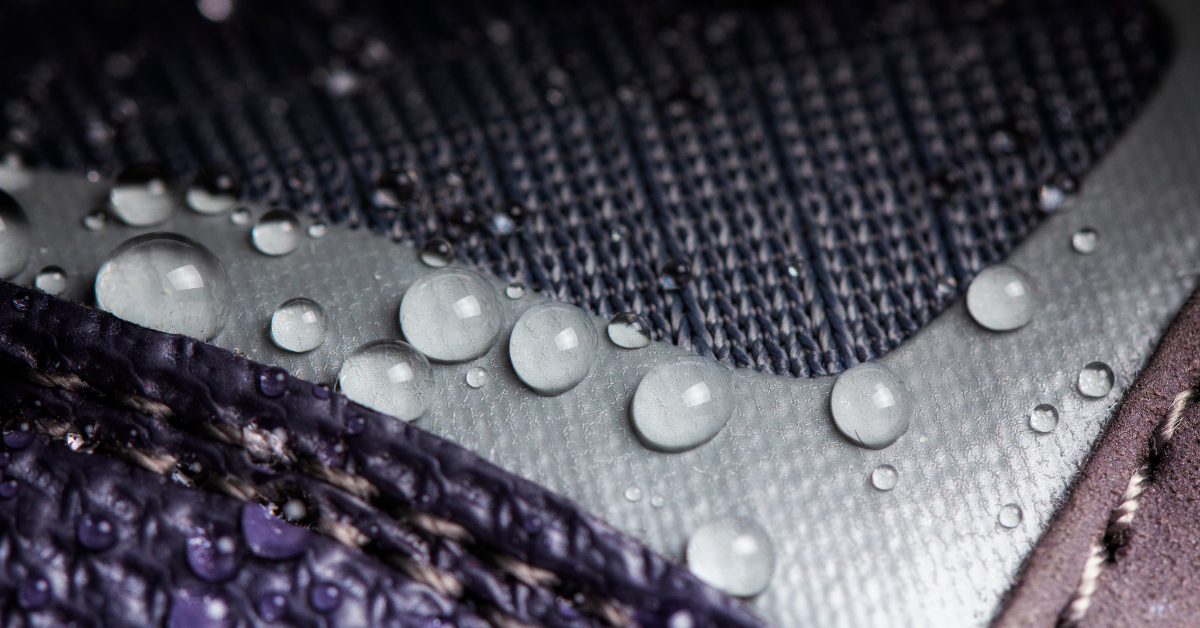
5 Facts About Surfactants
Surfactants, or surface-active agents, are widely used compounds that play a vital role in our daily lives. From personal care products to industrial applications, surfactants provide unique properties that facilitate processes such as cleaning, foaming, emulsifying, and more. In this blog post, we delve into five fascinating facts about surfactants that might surprise you.
1. Surfactants Exist Everywhere
Surfactants are not limited to synthetic compounds found in cleaning products. In fact, they are naturally occurring molecules that can be found in various sources, such as plants, animals, and microorganisms. For example, soap, which has been used for centuries, is a natural surfactant derived from fats and oils. Additionally, marine organisms produce surfactants that play critical roles in their survival, such as reducing surface tension and facilitating movement on the water’s surface.
2. Surfactants Are Amphiphilic
Surfactants are characterized by their unique molecular structure, which is amphiphilic. This means that they have both hydrophilic (water-loving) and hydrophobic (water-repelling) regions within the same molecule. This dual nature allows surfactants to interact with both water and oil or other nonpolar substances. The hydrophilic part is attracted to water molecules, while the hydrophobic part is repelled by water and tends to interact with nonpolar substances like oil or grease.
3. Surfactants and Micelles
When surfactants are added to a liquid, they can undergo a fascinating self-assembly process known as micellization. In aqueous solutions, surfactant molecules arrange themselves into structures called micelles. These micelles have a spherical shape, with their hydrophilic heads facing outward, interacting with water, and their hydrophobic tails tucked away inside the core, shielded from the water. Micelles help solubilize nonpolar substances, such as oil or dirt, by encapsulating them within the micellar core, facilitating their removal.
4. Surfactants Can Alter Surface Tension
One of the most essential properties of surfactants is their ability to modify the surface tension of liquids. Surface tension refers to the force that holds the surface of a liquid together. Surfactants reduce the surface tension by adsorbing at the liquid-air interface and disrupting the cohesive forces between the liquid molecules. This property is vital in various applications, including cleaning agents, where lower surface tension aids in the removal of dirt and stains.
5. Surfactants Have Diverse Applications
Surfactants find extensive use in numerous industries beyond cleaning products. They are integral to personal care products such as shampoos, soaps, and lotions, where they enable foaming, cleansing, and emulsifying properties. In the agriculture sector, surfactants are employed as adjuvants to improve the efficacy of pesticides and herbicides. Furthermore, surfactants play a crucial role in industrial processes like oil recovery, enhanced oil extraction, emulsion polymerization, textile manufacturing, and many other applications.
Conclusion
Surfactants are fascinating compounds that possess unique properties and have an incredible impact on various aspects of our daily lives. From their ubiquitous presence in nature to their ability to alter surface tension, form micelles, and their extensive range of applications, surfactants continue to revolutionize industries and contribute to numerous technological advancements. Understanding these lesser-known facts about surfactants deepens our appreciation for their significance in both natural and synthetic contexts.



